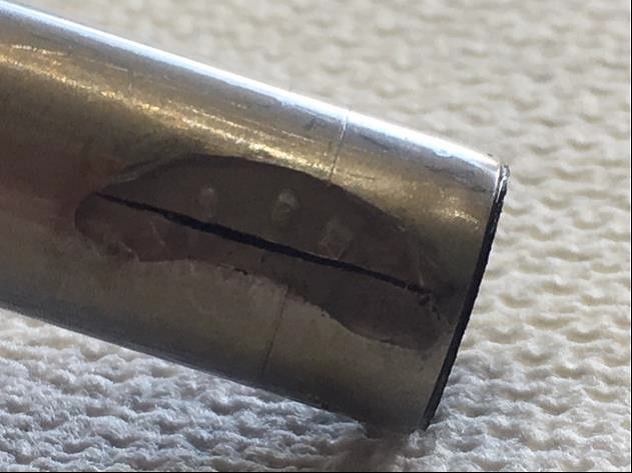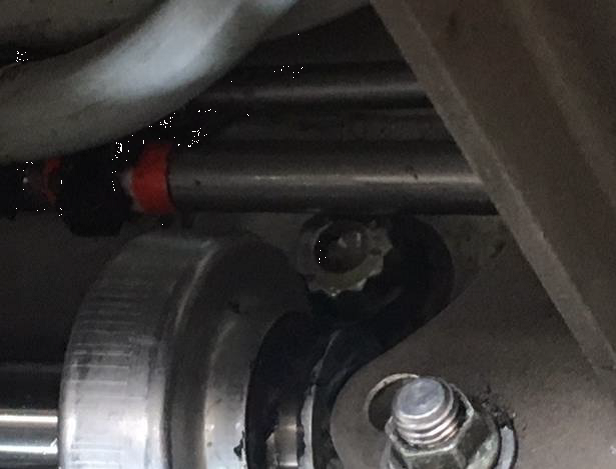| Occurrence Briefs are concise reports that detail the facts surrounding a transport safety occurrence, as received in the initial notification and any follow-up enquiries. They provide an opportunity to share safety messages in the absence of an investigation. |
What happened
On 11 April 2018, at about 0643 Eastern Standard Time, an Airbus A320 (A321-231) took-off from Melbourne Airport, Victoria bound for Hobart Airport, Tasmania. During initial climb, after retracting the landing gear, the flight crew received an ECAM[1] alert indicating low fluid pressure in the green hydraulic system. The green hydraulic system is one of three independent operating hydraulic systems on the Airbus A320 aircraft.
Upon receipt of the warning, the flight crew contacted air traffic control (ATC) on the departures frequency to notify them of the alert and requested to maintain flight at 5,000 ft in order to further asses the issue. The flight crew then completed checks in the ECAM system and identified that they had lost fluid from the green hydraulic system.
Having identified the issue, the crew advised ATC that they intended to return to Melbourne and required 20 minutes holding time before commencing approach in order to complete necessary checks and preparations. ATC approved the request to hold at current position and declared an INCERFA[2] and Local Standby services[3].
During the hold, the flight crew established that due to the green hydraulic system failure, they would not have normal brakes or nose wheel steering available on landing. The crew subsequently briefed the cabin manager of the situation and made a public address call to the passengers. The public address notified the passengers of the technical fault and the intention to return to Melbourne, advising that the landing would be normal but that the aircraft would need to be towed back to the gate due to brake and steering issues. The crew also notified their ground services of this requirement and a tug was made available for use.
Before commencing approach to land, the crew completed a landing gear gravity extension procedure using the checklist and then conducted an instrument landing system approach to land on runway 16. The aircraft vacated the runway on the roll onto high speed taxiway G and came to a stop clear of the runway. The aircraft was then towed back to the terminal where passengers and crew were disembarked.
An engineering inspection was subsequently conducted which identified that a ruptured steel hydraulic pipe in the left wing was the cause of the fluid loss. Removal and inspection of the failed pipe occurred and the maintainer reported that the failure was the result of fretting wear to the outer surface of the pipe due to repeated rubbing from a bolt over a long period of time. Pictures of the failure surface of the hydraulic line and its location relative to the bolt head are shown in Figures 1 and 2.
The engineering inspection also identified that there was insufficient clearance between the line and bolt though it was not known how this had occurred.
Figure 1: Failure surface of the green system hydraulic line showing fretting wear

Source: Aircraft maintainer
Figure 2: Location of the failed hydraulic pipe (blue outline) relative to a flap guide fixation bolt (red outline)

Source: Aircraft maintainer, annotated by ATSB.
Safety action
As a result of this occurrence, the aircraft operator has advised the ATSB that they have taken the following safety actions:
Inspection of hydraulic lines on similar aircraft within the fleet, no additional instances of damage have been noted.
Safety message
The actions of all parties in response to this event reaffirms the importance of having and utilising correct event response procedures when experiencing technical failures in-flight. The actions of the flight crew, ATC and ground staff in coordinating and dealing with the event resulted in a safe outcome.
In the past 12 months (to June 2018), the ATSB has received more than 30 occurrence reports where the flight crew of air transport high-capacity aircraft received hydraulic system fault warnings during operation including an occurrence that is currently being investigated (AO-2018-014). A similar hydraulic failure event, on landing in an air transport low-capacity aircraft, was reported to the ATSB on 30 March 2018 and published as an occurrence brief (AB-2018-046). In these cases, the flight crew successfully identified and managed the failure.
About this report
Decisions regarding whether to conduct an investigation, and the scope of an investigation, are based on many factors, including the level of safety benefit likely to be obtained from an investigation. For this occurrence, no investigation has been conducted and the ATSB did not verify the accuracy of the information. A brief description has been written using information supplied in the notification and any follow-up information in order to produce a short summary report, and allow for greater industry awareness of potential safety issues and possible safety actions.
__________
- Airbus Electronic Centralised Aircraft Monitor (ECAM): A system that monitors aircraft functions and relays them to the pilots. The specific alert displayed by ECAM in this occurrence was HYD G SYS LO PR indicating a loss of hydraulic pressure in the Green hydraulic system.
- Uncertainty phase (INCERFA): emergency phase declared by the air traffic services when uncertainty exists as to the safety of an aircraft and its occupants. it is the lowest of the three possible alert levels.
- Local Standby: a nationally recognised level of aerodrome emergency response that notifies airport based rescue and firefighting services and the aerodrome safety officer of the event. A local standby is the normal response when an aircraft approaching the airport is known, or suspected to have developed some defect but it would not normally involve serious difficulty in effecting a safe landing.


